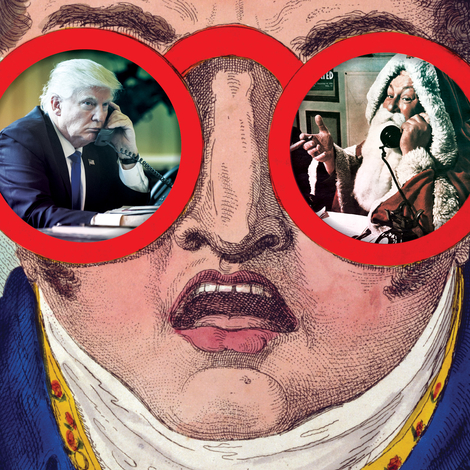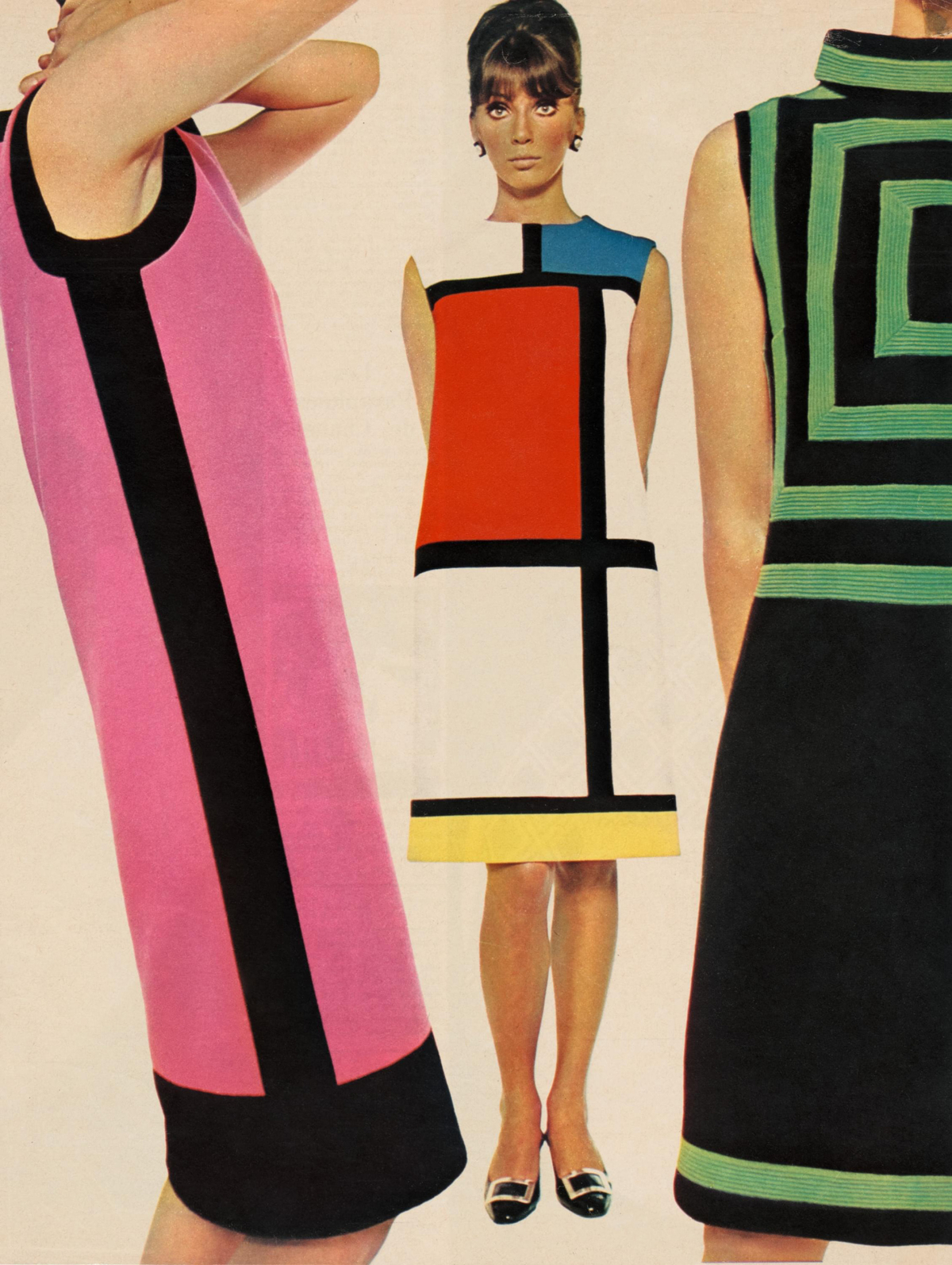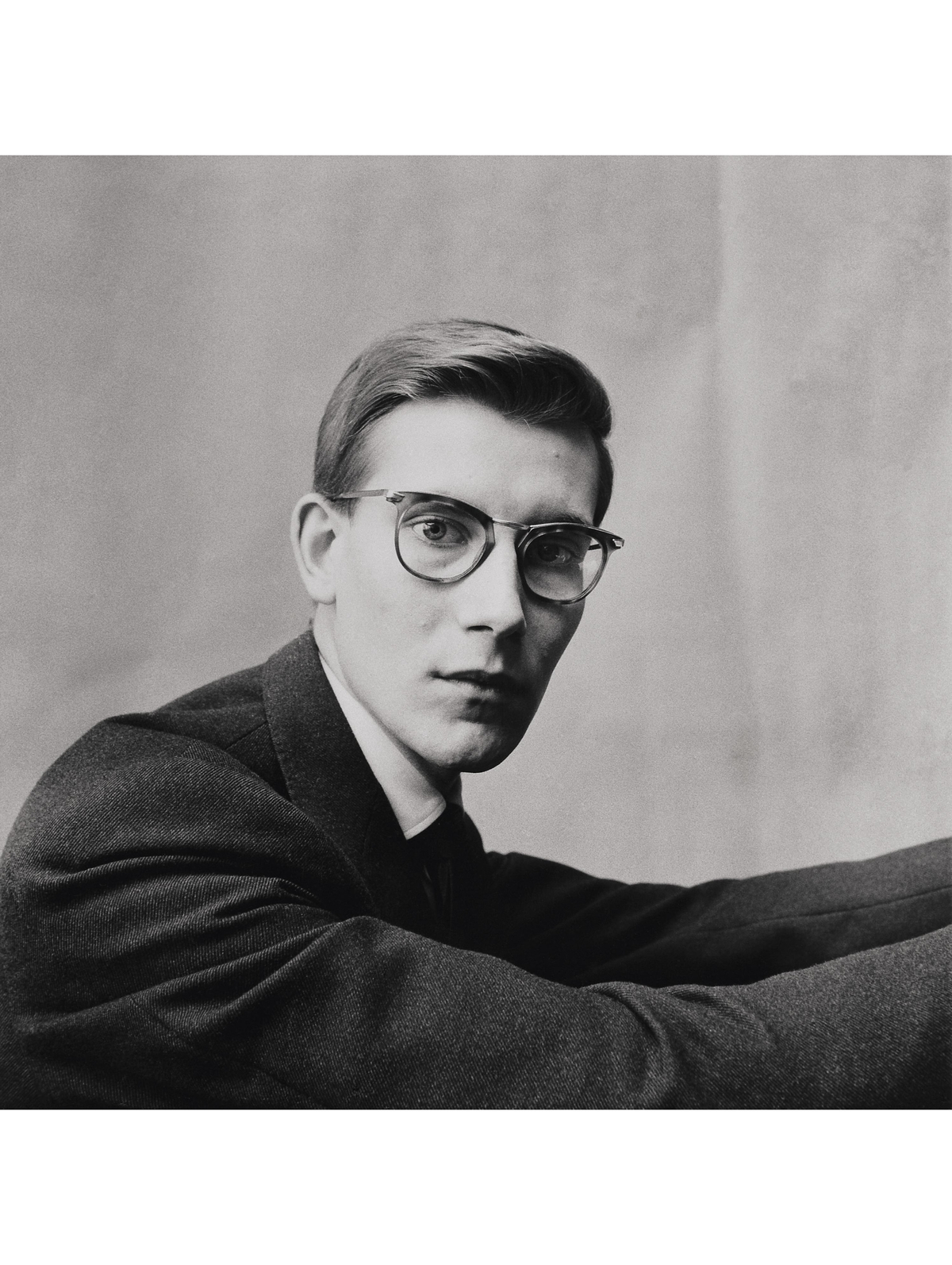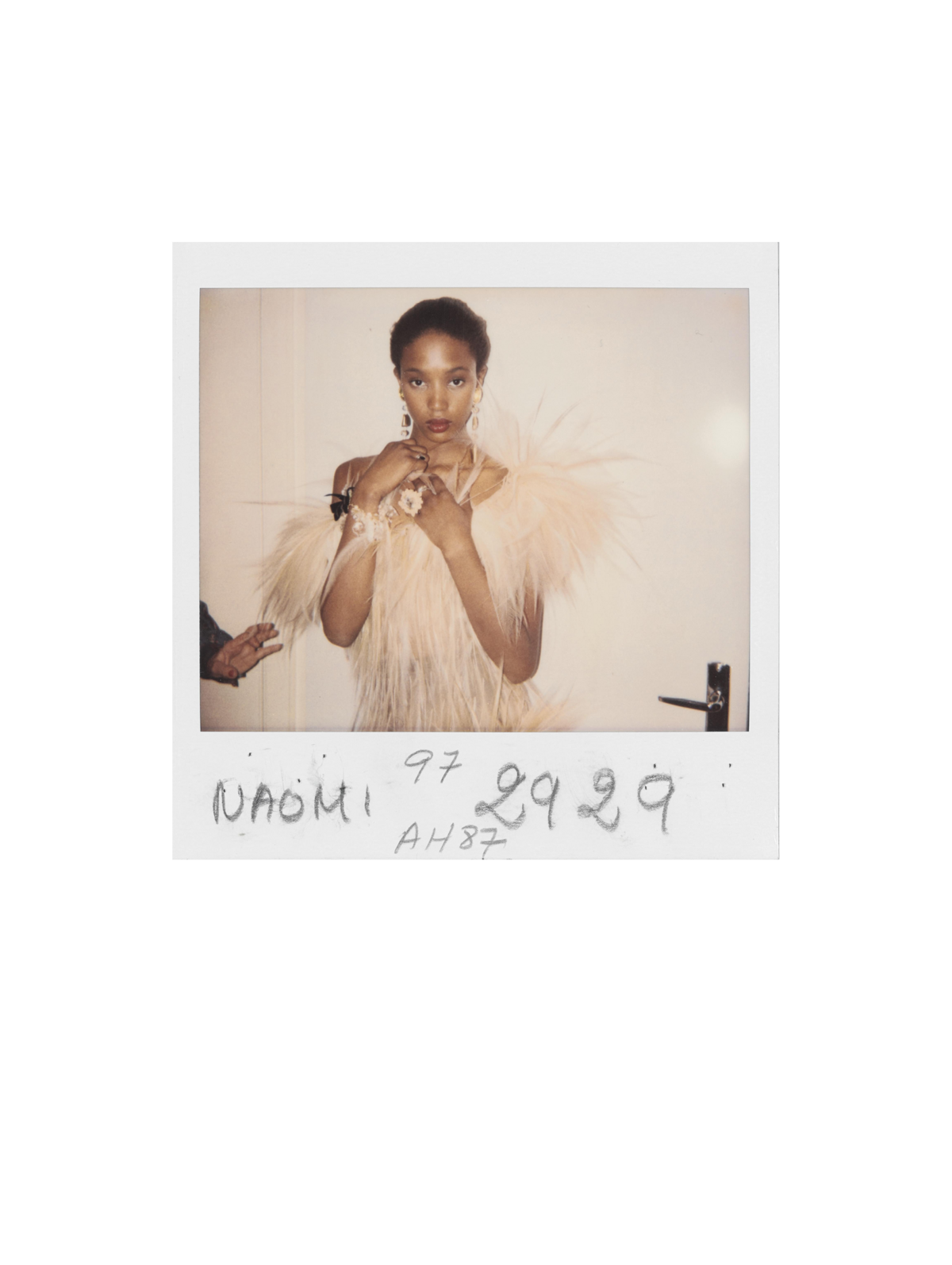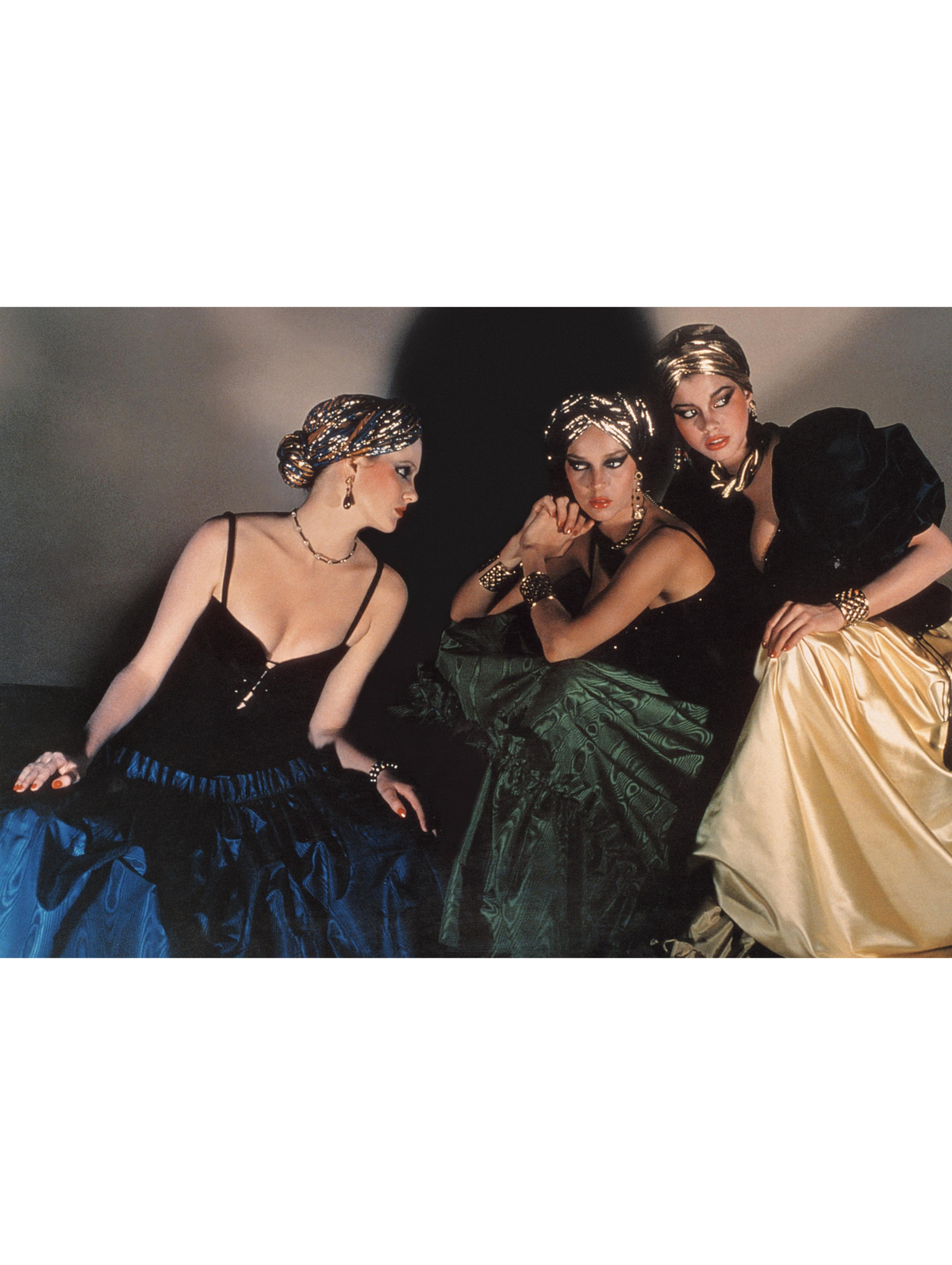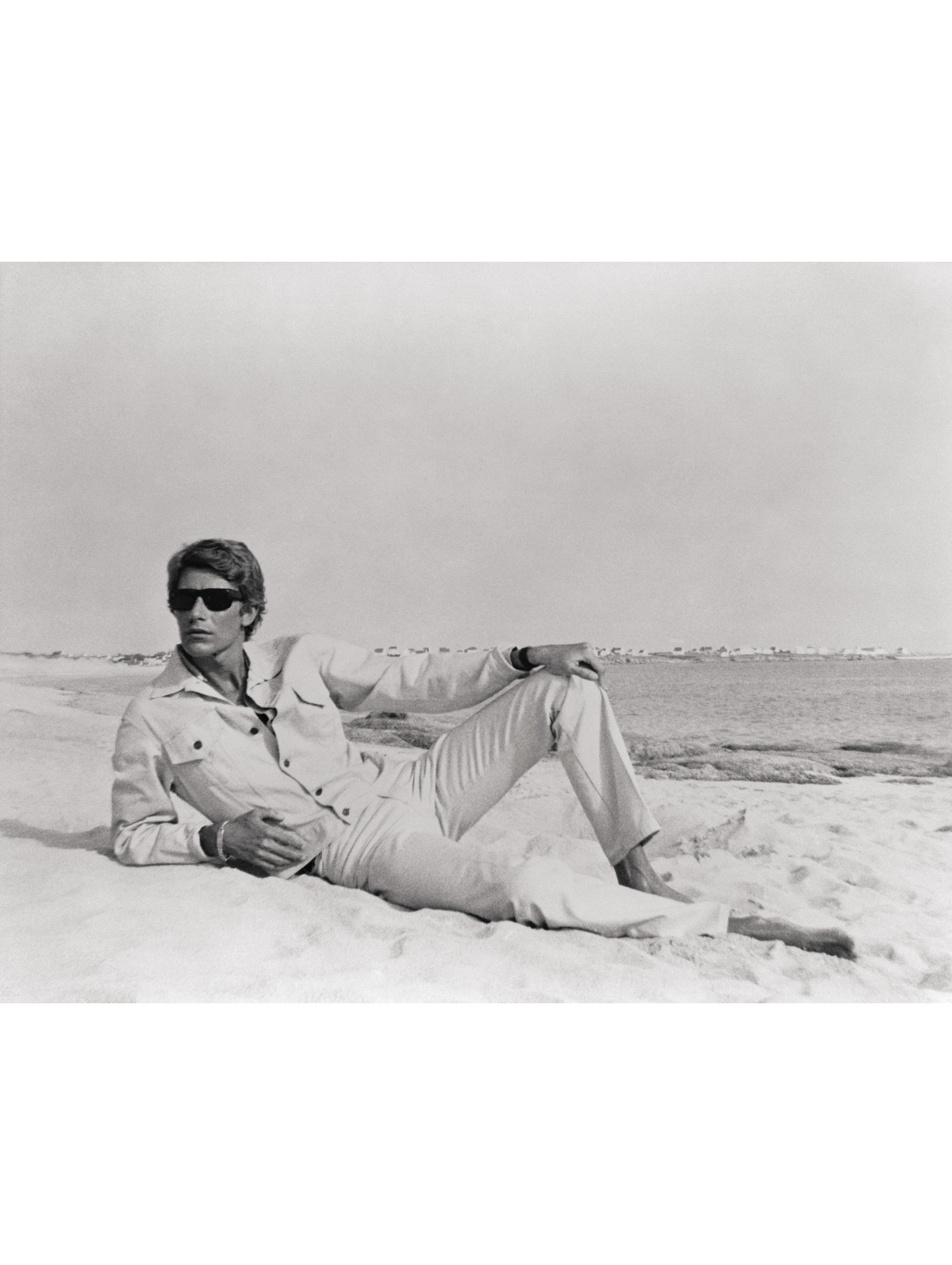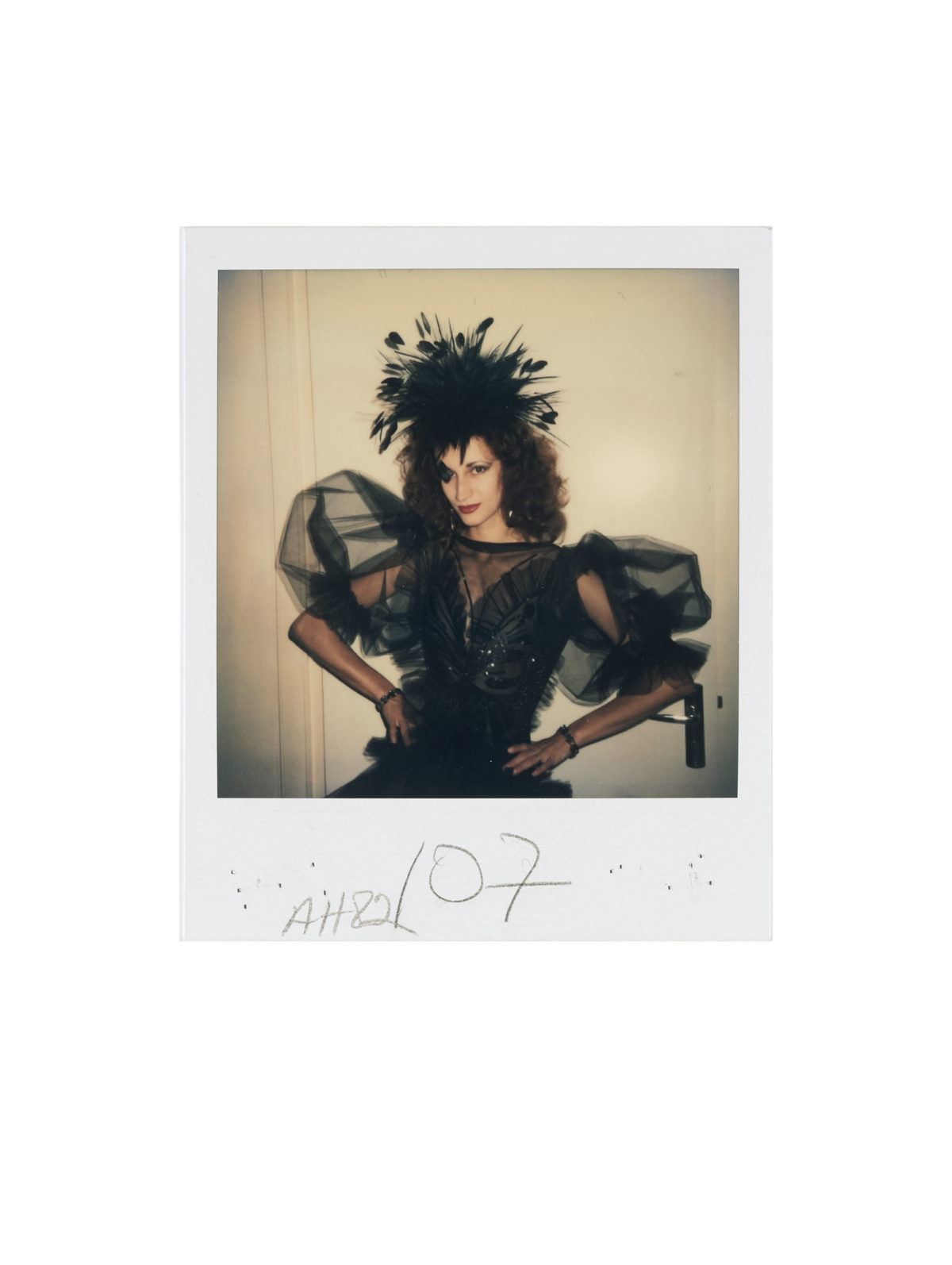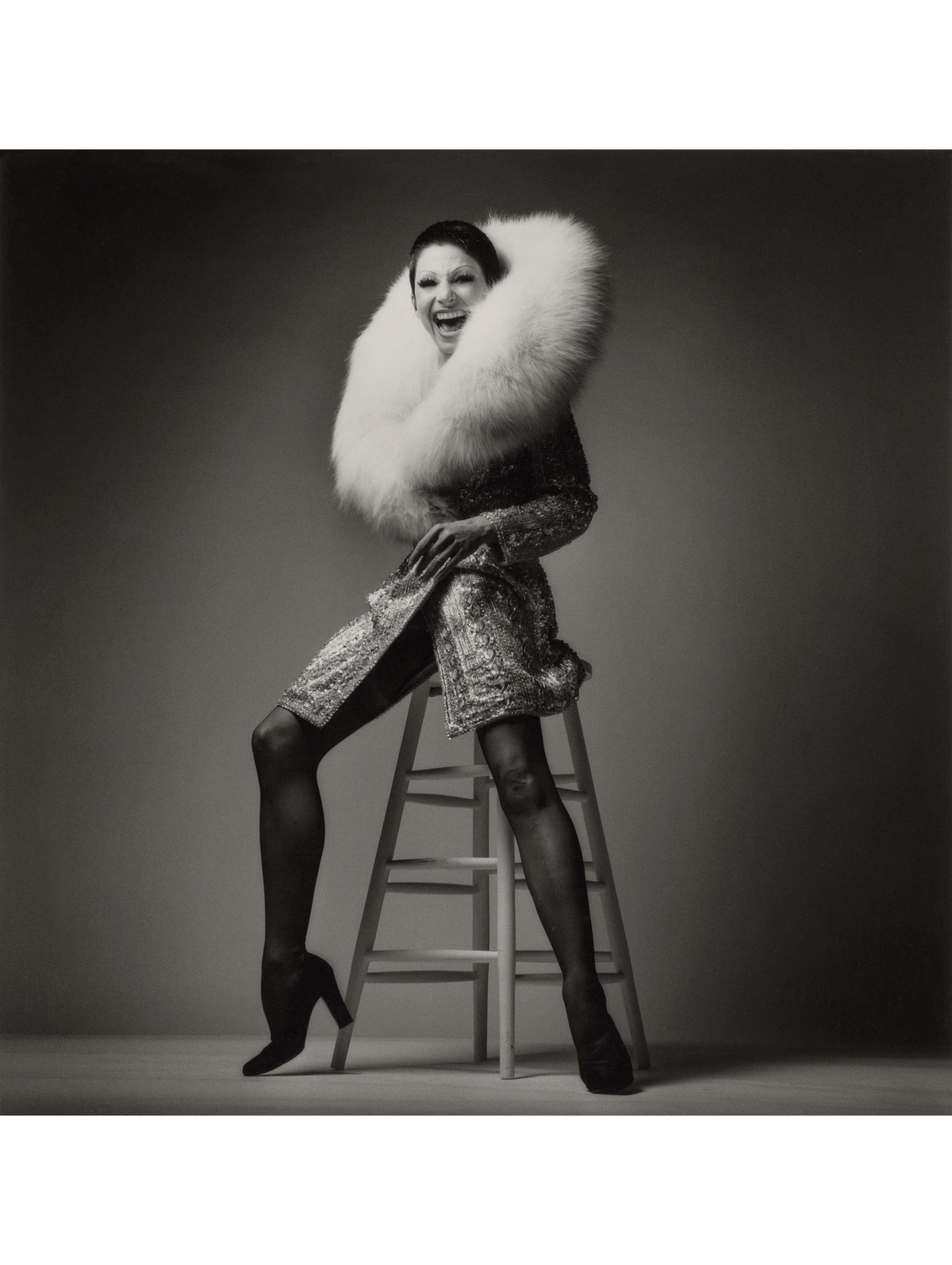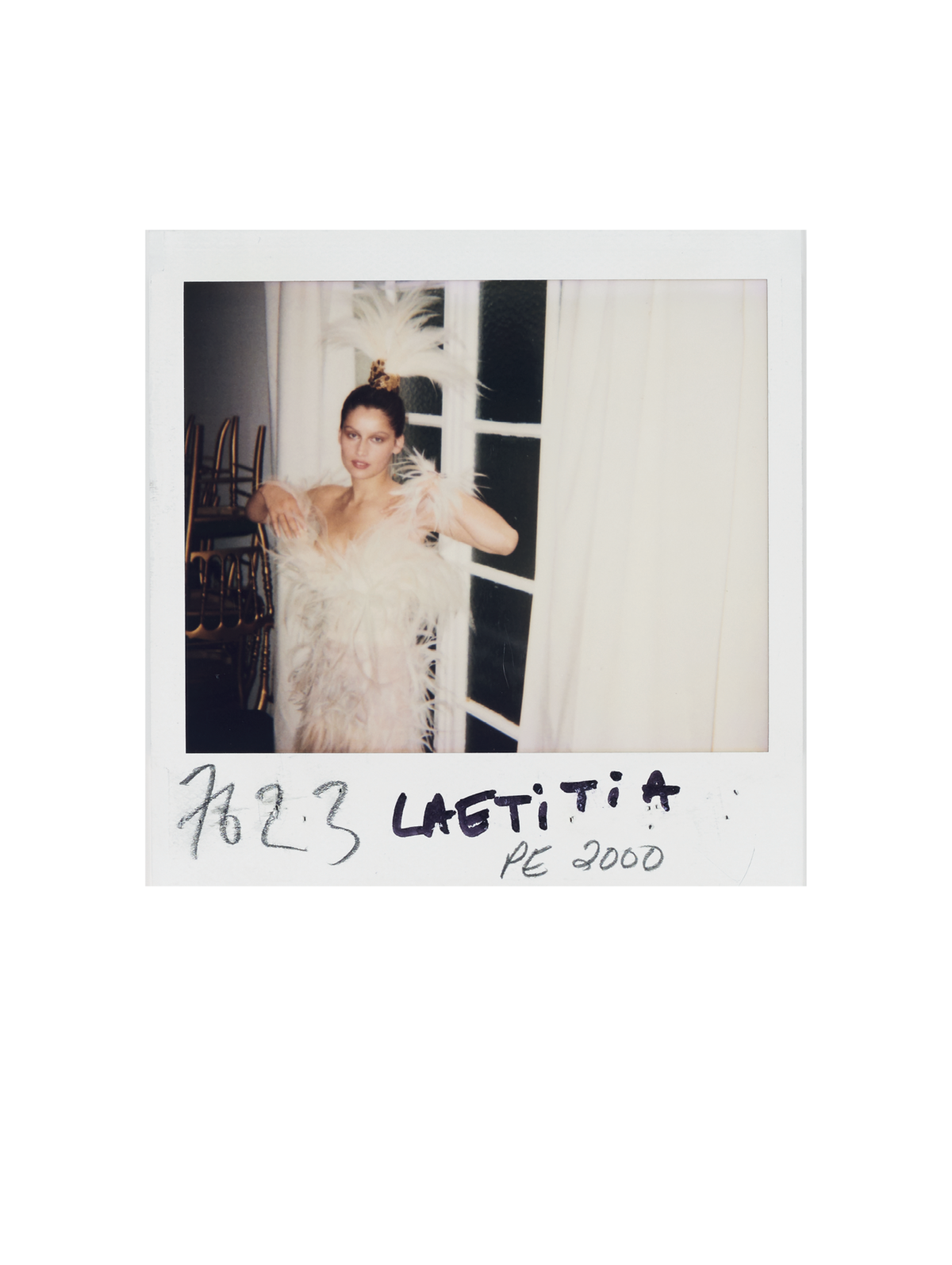It was easy to adore the French designer Yves Saint Laurent. Women loved him for his elegant and comfortable designs, chief among them his visionary Le Smoking (1966)—precursor to the power suit. The ferocious Pierre Bergé loved him as a business partner and a life partner, too. And the camera—whether in the hands of Richard Avedon, Helmut Newton, Cecil Beaton, or others equally renowned—was besotted with him.
Saint Laurent was relentlessly photographed from the start of his career until its end. The beginning goes back to the funeral of his boss and mentor, Christian Dior, who died unexpectedly in 1957, leaving the 21-year-old Saint Laurent, his chosen one, as head designer of Dior. A Life-magazine image by Loomis Dean shows the young designer leaning against a brick wall, eyes downcast, just after the somber procession at the church of Saint-Honoré d’Eylau, in Paris. The picture is in black and white, though one imagines Saint Laurent’s feelings were anything but.
In fact, photographs serve as a timeline of sorts. There’s Willy Maywald’s early shot of Saint Laurent in the Dior studio at 30 Avenue Montaigne. And Marc Riboud’s pensive profile of the designer, at 28, in his own couture house on Rue Spontini. And then that racy image from 1971, still racy today: Jeanloup Sieff’s nude portrait of Saint Laurent, used to promote his fragrance Pour Homme.
Standing five foot nine, Saint Laurent photographed surprisingly tall, perhaps because he tended to be rail thin. The camera didn’t soften his features, no doubt as meticulously crafted as his designs, but heightened them—that layered hair falling across his forehead, those signature black “turned ear” glasses.
A new book, Yves Saint Laurent and Photography, catches the charisma, yes, but also reminds us of the aspirational fashion photos, in magazines such as Vogue and L’Officiel, that once inspired the boy from Oran, Algeria, to imagine himself among them. —Carolina de Armas
Carolina de Armas is a Junior Editor at AIR MAIL
